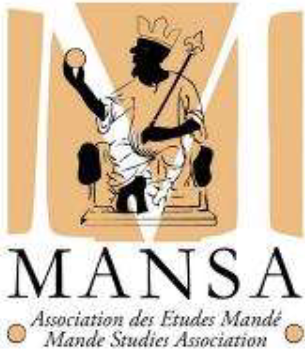Coleman Donaldson has now released his beginner Bambara course online; you can preview it on his website An ka taa. Anyone can preview part of the course already, but if any MANSA members would like to check out the whole thing (or review it as an academic production), just send him a message (colemandonaldson@gmail.com).
Coleman Donaldson (University of Hamburg)
The Initiative is an open working-group for anyone interested in developing a recommended workflow and set of potential standards for MANSA members, friends and affiliates who are doing the painstaking work of transcribing and/or translating audio or video recordings in Manding varieties.
Our goal, as initially proposed, would be to create a set of basic orthographic and transcription guidelines to be presented to MANSA to serve as a standard reference point for both publications and individuals interested in their transcripts and translations usefully contributing to archives and potential corpora (collections of texts across which people can search) for Manding varieties.
Introduction to Manding Orthography in Latin Script
From a linguistic perspective, Manding is a language-dialect continuum spoken across a massive area stretching west to east from Senegal to Burkina Faso and north to south from the Sahelian north of Mali to the forests of Liberia and Côte d’Ivoire. Traditionally, it is divided into four major named varieties: Bamanan, Maninka, Jula and Mandinka. The first three, in particular, are often held to be mutually intelligible by native speakers. They are all Eastern Manding varieties characterized by a 7-vowel system. Mandinka, on the other hand, is a Western variety which has a 5-vowel system and a number of other features that make it more difficult to consider mutually intelligible in many contexts.
Despite early attempts following independence to develop a unified, Latin-based orthography, most West African countries with Manding-speaking populations each have their own tradition and quirks when it comes to writing their dominant national varieties of Manding. This presents a conundrum for at least two reasons. First, the named national varieties follow artificial national standards which do not neatly match linguistic realities. For instance, a so-called Bambara speaker from Sikasso in Mali may, in fact, have speech more similar to a so-called Jula speaker from Bobo-Dioulasso, Burkina Faso than to a fellow Bambara speaker from Ségou. This means that researchers who transcribe and write out interviews and recordings in Manding are often required to artificially choose one national orthographic standard over another in ways that make cross-comparison difficult.
A researcher must therefore choose between the priority of respecting a particular national orthography (rarely used by native speakers, writers, or mass media outlets such RFI and Voice of America that occasionally write in Bambara online, for instance) of where a recording came from, or adopting a standard that more easily allows transcripts to be part of a single corpus or collection of texts.
In future additions to this document, we will offer brief descriptions of the current national orthographies before laying out a table and set of basic guidelines that can guide researchers interested in representing Manding varieties in a way that depicts them, to the best extent possible, as belonging to a single corpus without forcing them to conform normatively to one written standard.
Malian Bamanan
Guinean Maninka
Burkinabè Jula
Ivoirian Jula
“Senegambian” Mandinka
General Purpose Guidelines for a Semi-Unified Manding Transcription System
